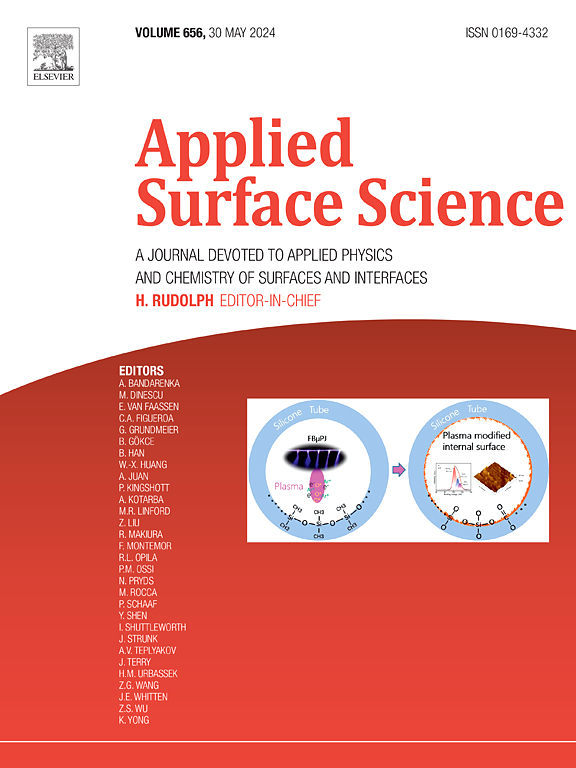Molecular machine-inspired design of axial and bivalent dual-atom catalysts for enhanced oxygen evolution/reduction reactions within van der Waals gap
IF 6.3
2区 材料科学
Q2 CHEMISTRY, PHYSICAL
引用次数: 0
Abstract
Dual-atom catalysts (DACs) upon porphyrins (Por) and phthalocyanines (Pht) have been widely used for oxygen evolution and/or reduction reactions (OER and/or ORR). However, the van der Waals (vdW) interactions’ effect on their performances has not been systematically explored. In this study, the vdW interactions in double-layers of X-Co(III)PorCo(II)Pht-DACs were leveraged to enhance ORR and OER performances. Thus, these authors have used dispersion corrected density functional theory (DFT) with Becke-Johnson damping function (D3) to investigate double-layers of X-Co(III)PorCo(II)Pht-DACs, through which X represented F, Cl, Br, I, or OH, in order to discover DACs with low ORR and OER overpotentials. Current findings revealed that, the ORR and OER may happen inside the vdW gap of Br-Co(III)PorCo(II)Pht-DAC, leading to 0.16 and 0.17 V overpotentials, respectively. The enhanced ORR and OER activities were rationalized to be due to the charge distribution associated with the tuned vdW interactions. Moreover, Density of States (DOS) analysis indicated the hybridization of the d orbitals of Co atoms with the p orbitals of the *OH and/or *O intermediates during the ORR and OER. This study provided crucial insights into the development of next-generation catalysts, showcasing the effectiveness of vdW interactions in electrocatalysis at room temperature.


范德华间隙内增强氧析出/还原反应的轴向和二价双原子催化剂的分子机器启发设计
卟啉(Por)和酞菁(Pht)上的单原子和双原子催化剂(SACs和dac)已广泛用于析氧和/或还原反应(OER和/或ORR)。然而,范德华相互作用对其性能的影响尚未得到系统的探讨。在本研究中,利用双层X-Co(III)PorCo(II) pht - dac中的vdW相互作用来提高ORR和OER性能。因此,这些作者使用具有Becke-Johnson阻尼函数(D3)的色散校正密度泛函理论(DFT)来研究双层X- co (III)PorCo(II) pht - dac,其中 X 代表F、Cl、Br、I或OH,以发现具有低ORR和OER过电位的SACs。目前的研究结果表明,ORR和OER可能发生在Br-Co(III)PorCo(II) pht - dac的vdW间隙内,分别导致0.16和0.11 V过电位。ORR和OER活性的增强被认为是由于与调谐的vdW相互作用相关的电荷分布。此外,态密度(DOS)分析表明,在ORR和OER过程中,*OH和/或*O中间体的d轨道与p轨道发生了杂化。这项研究为下一代催化剂的开发提供了重要的见解,展示了室温下vdW相互作用在电化学中的有效性。
本文章由计算机程序翻译,如有差异,请以英文原文为准。
求助全文
约1分钟内获得全文
求助全文
来源期刊

Applied Surface Science
工程技术-材料科学:膜
CiteScore
12.50
自引率
7.50%
发文量
3393
审稿时长
67 days
期刊介绍:
Applied Surface Science covers topics contributing to a better understanding of surfaces, interfaces, nanostructures and their applications. The journal is concerned with scientific research on the atomic and molecular level of material properties determined with specific surface analytical techniques and/or computational methods, as well as the processing of such structures.
 求助内容:
求助内容: 应助结果提醒方式:
应助结果提醒方式:


